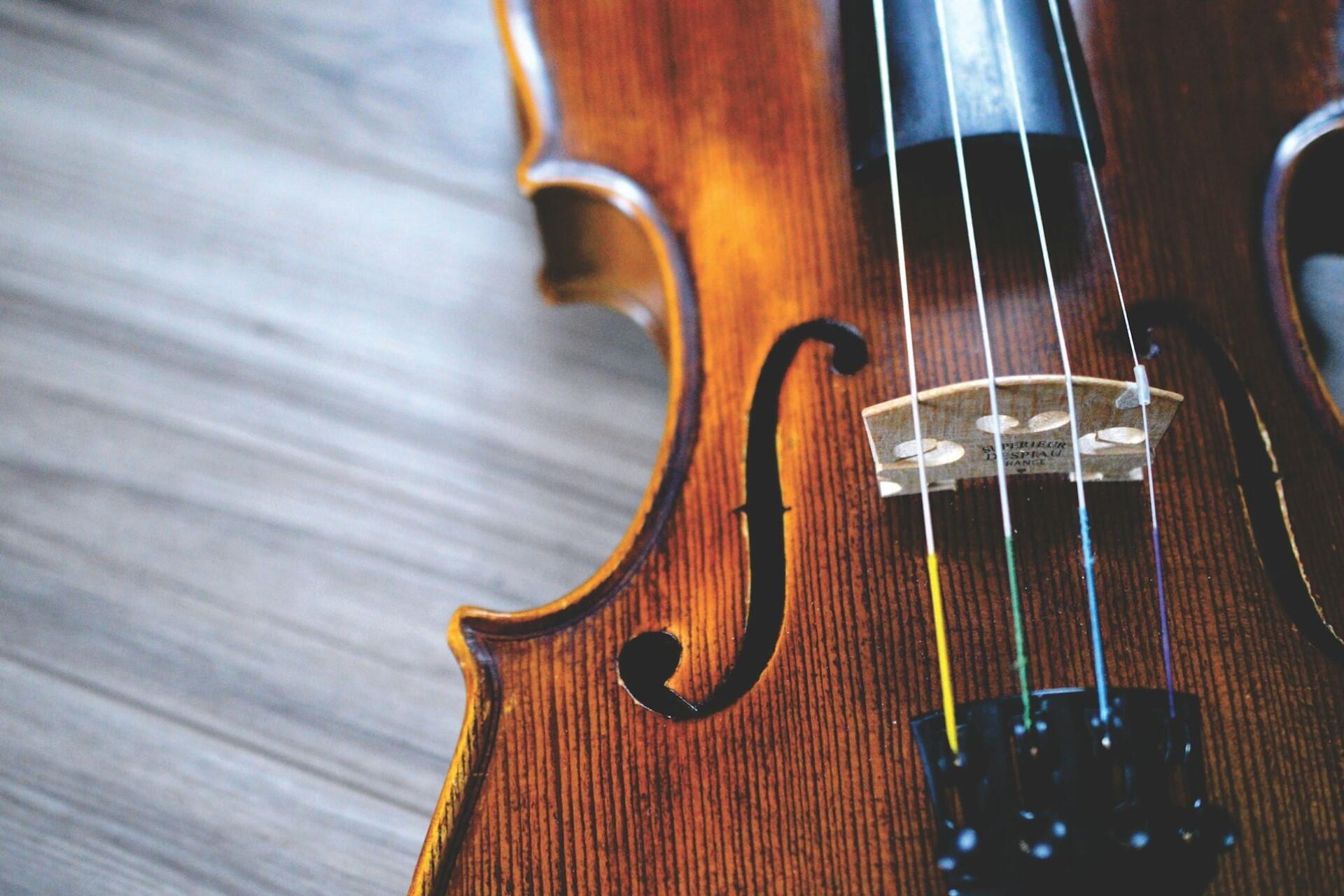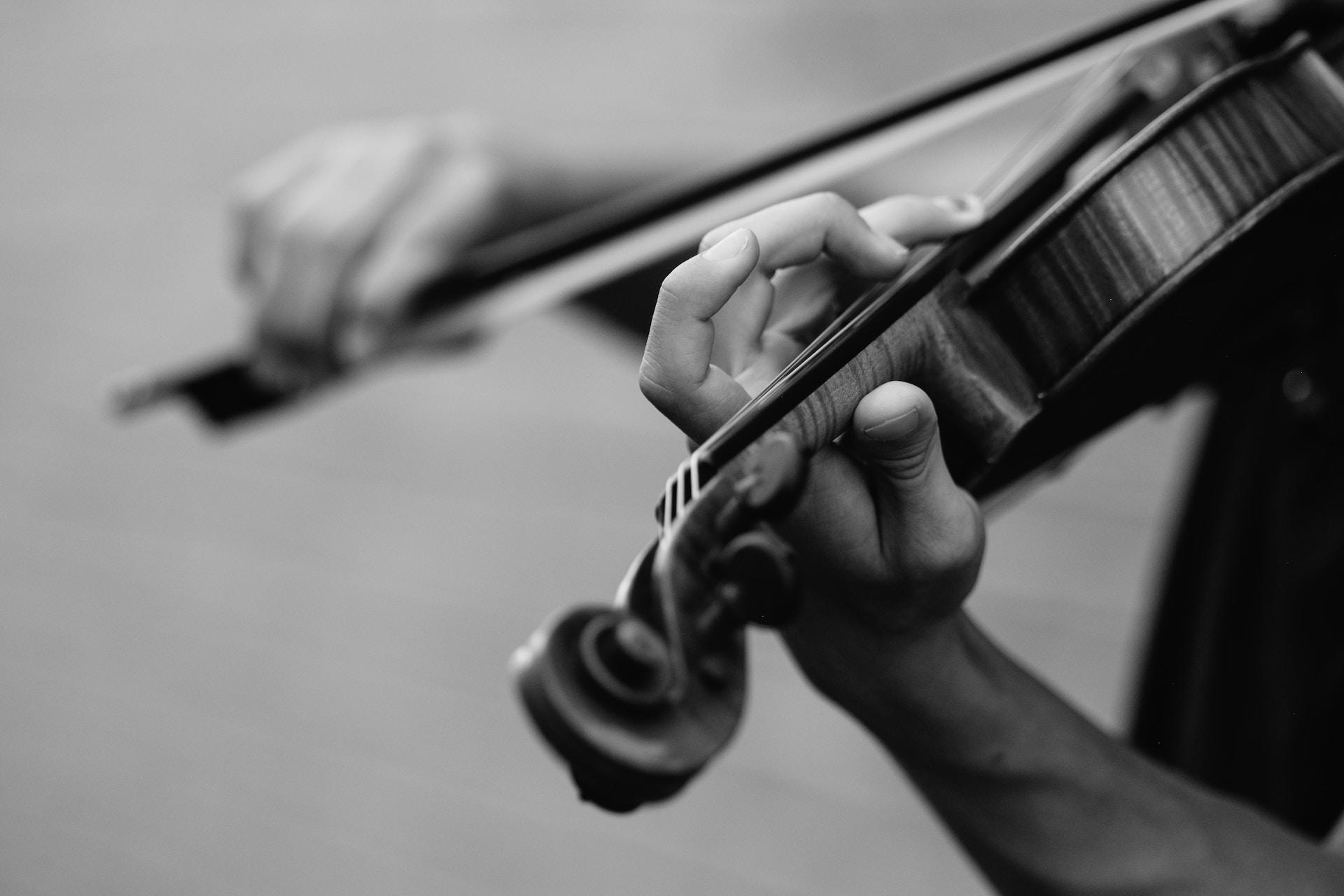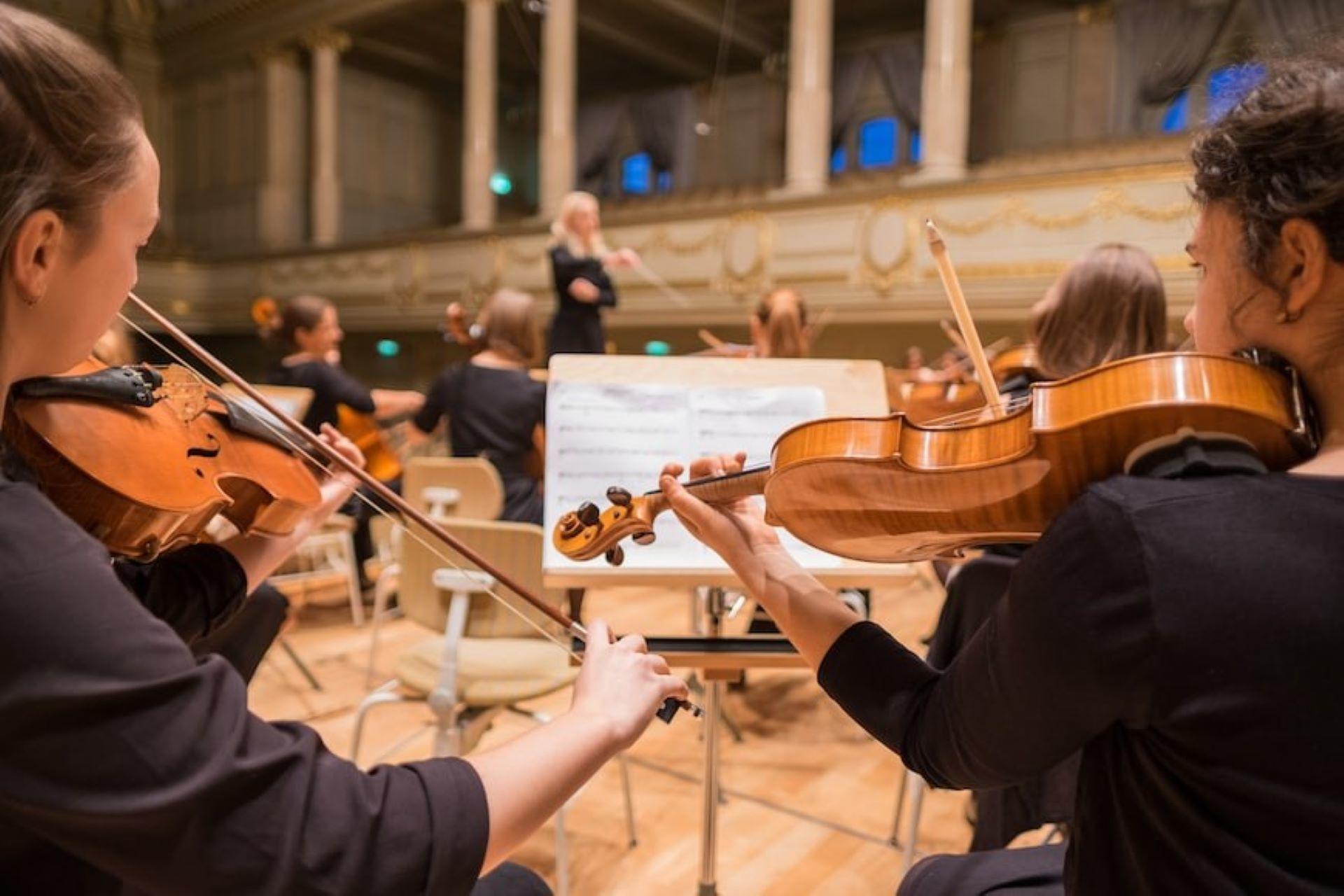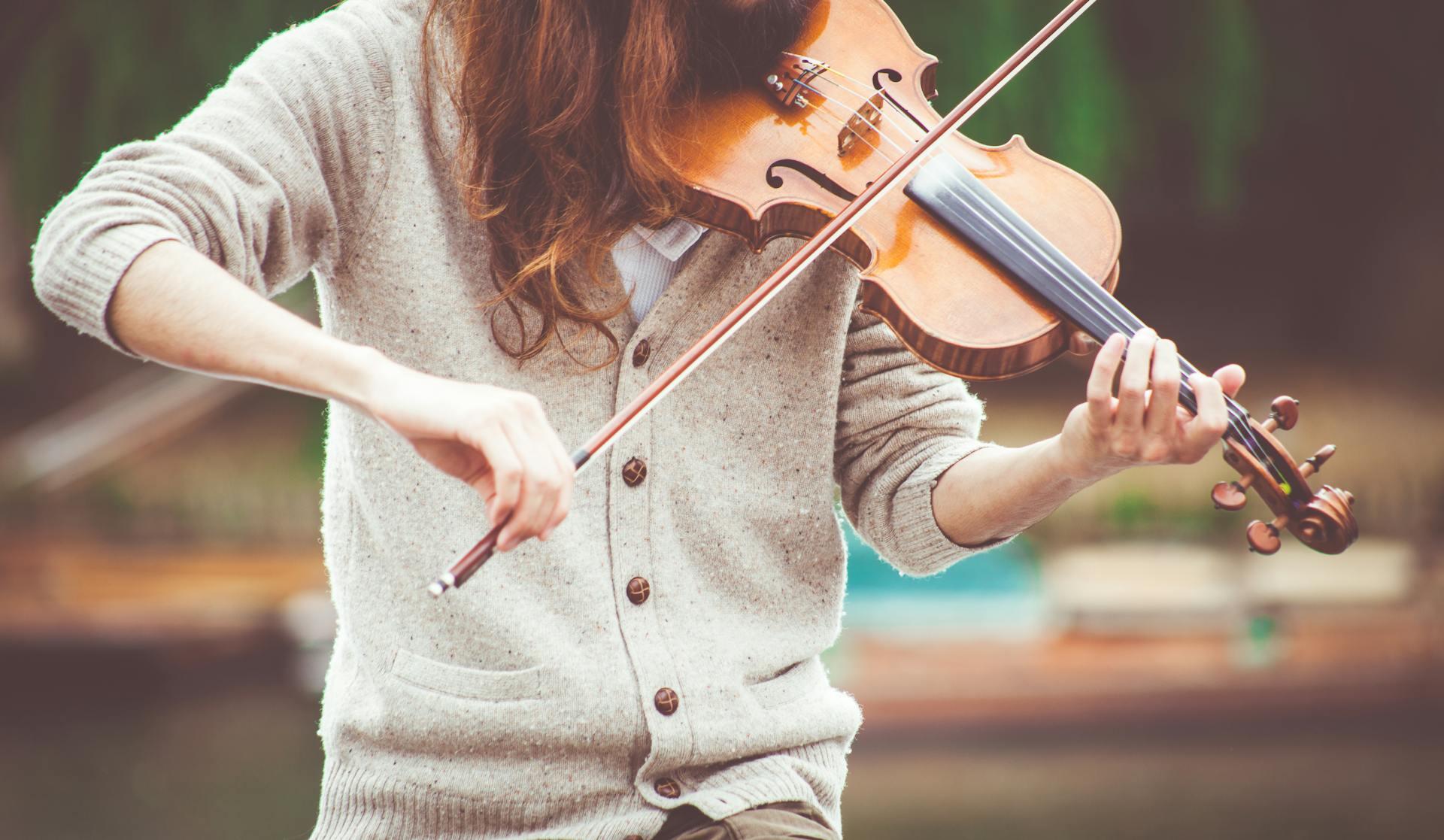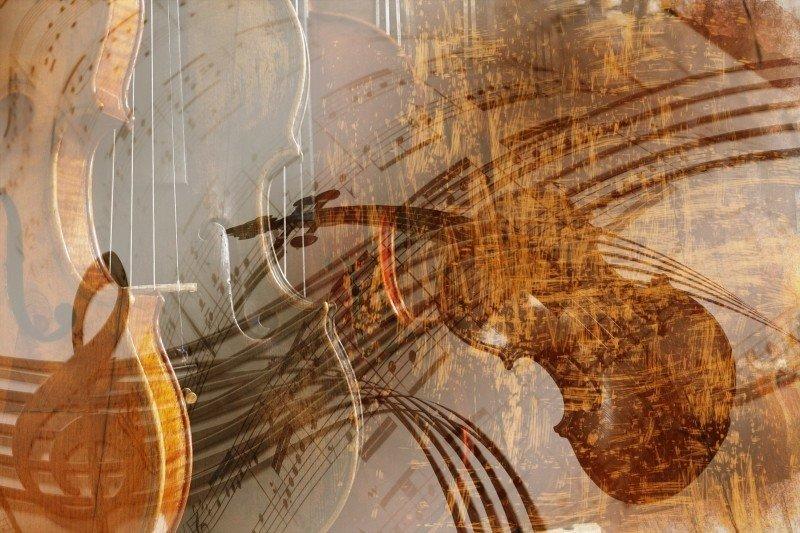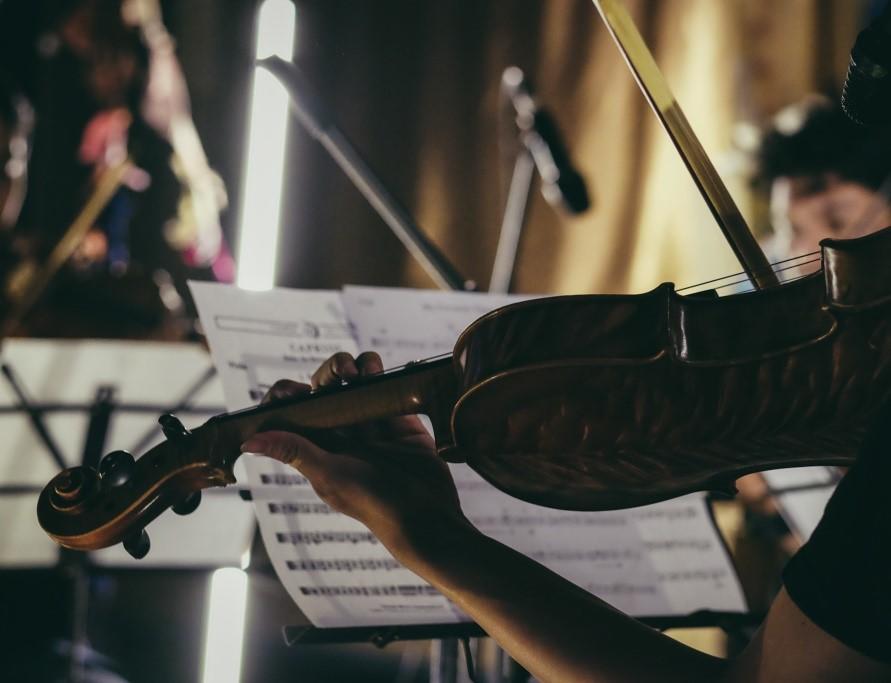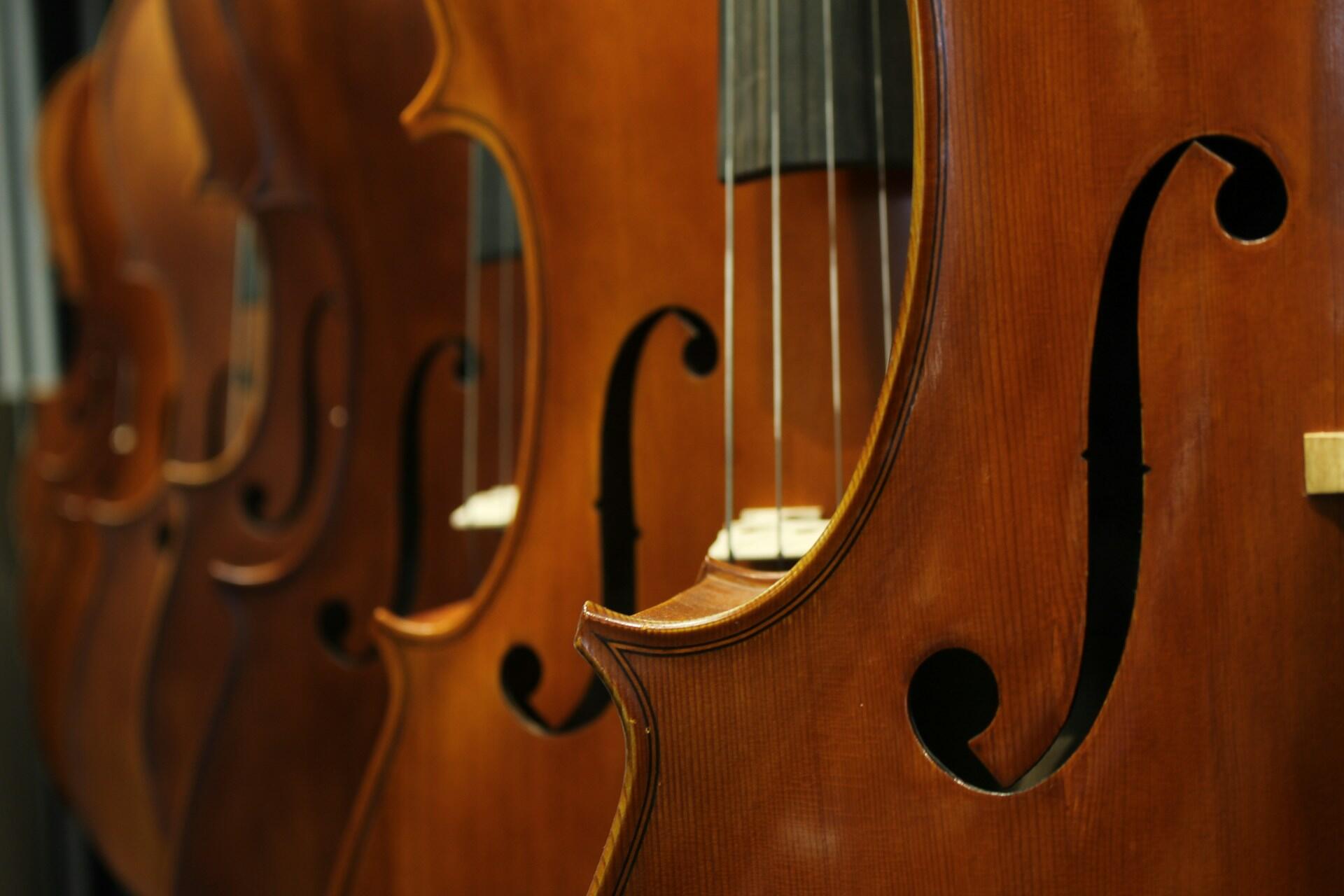When you play a violin piece, you are a storyteller, and you're telling a story.
Joshua Bell, Violinist and conductor
Whether just starting with the violin or wanting to advance, your repertoire is essential. The right violin songs or pieces will help you improve your playing. Here, we've picked pieces for beginner, intermediate, and advanced violinists.

Before You Start: Knowing Your Level
Your mileage may vary, but throughout this article, these songs to play on violin are divided into beginner, intermediate, and advanced pieces. Here's how we've divided the levels generally.
Beginner
- Learning basic techniques (bow hold, finger placement)
- Playing simple melodies
- Focused on smooth transitions and intonation
Intermediate
- Comfortable with string crossings and double stops
- Can read sheet music fluently
- Exploring vibrato and expressive dynamics
Advanced
- Mastered complex techniques and rapid tempo changes
- Playing concertos and virtuoso pieces
- Focused on musical expression and interpretive performance
Beginner Violin Songs
For anyone just starting with the violin, here's a selection of simpler songs and melodies that will give you plenty of opportunities to learn how to play.
With each of these pieces, learning how to play them is just the beginning. Once you get confident with these, you'll find opportunities to work on aspects of your violin playing.
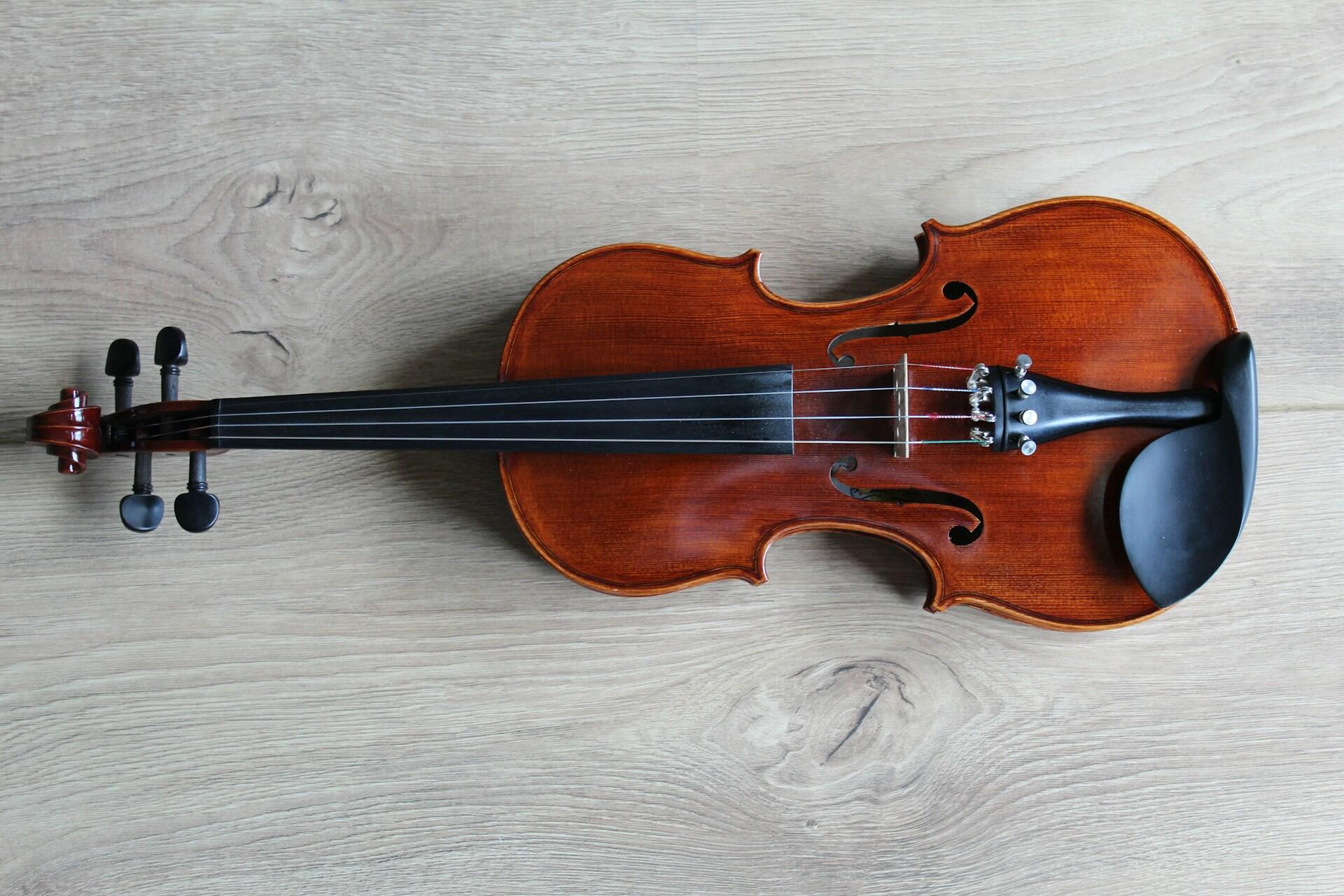
Ode to Joy – Beethoven
Ode to Joy is excellent for beginners. It's simple, repetitive, and structured so that students can focus on playing the notes and playing them well.
It's also recognizable and easy to remember. Use it to focus on smooth string transitions and finger placement. Once you have the melody down to a tee, you can start adding dynamics to bring out the joy in the piece.
Spring from The Four Seasons – Vivaldi
Spring from Vivaldi's The Four Seasons is an uplifting piece that's great for getting into baroque violin music.
Since the melody is made up of short, repetitive phrases, it's easy to learn and can be used for practicing string crossings.
Minuet in G – Bach
A classical favorite for beginners. The well-structured melody is perfect for learning finger placement and bowing techniques.
The clear, repetitive phrases are great for your musical timing and playing around with expressive dynamics. Like with any other piece, once you get better at it, you can start performing it with more nuance.
Ave Maria – Schubert
This beautifully lyrical piece is a gateway into more expressive playing. The slow tempo and flowing melody lend themselves to smooth bowing and finger accuracy.
Once this becomes too easy, start experimenting with vibrato and dynamics. This piece is great for building confidence in legato phrasing and musical interpretation.
Humoresque – Dvořák
This playful and melodic piece is fun to play. Its flowing melody and moderate tempo are great for bow transitions and finger placement.
A lighthearted piece that encourages expressive playing.
Imagine – John Lennon
A timeless contemporary classic with a slow, lyrical melody for beginners to practice with. Use it to work on your tone production and legato bowing. Like most popular and contemporary music, it has a repetitive structure that is easy for beginners to memorize.
Sweet Child O' Mine – Guns N' Roses
Rock on a violin? You better believe it!
The intro, which is usually played on an electric guitar, transposes beautifully onto a violin. It has a steady tempo and is great for beginners looking for a fun way to work finger placement.
Perfect – Ed Sheeran
If you're thinking about working on expressive playing but want something outside of a classical repertoire, Ed Sheeran's Perfect has a simple yet beautiful melody.
Use this song to work on legato bowing and clean intonation. Thanks to its slow tempo, you can focus on finger positioning and string transitions.
While you mightn't play this well immediately, keep practicing!
My Heart Will Go On (Titanic)
Céline Dion's classic from the Titanic movie sounds great on the violin.
This instantly recognizable song is great for bowing and string transitions. Like other contemporary options, it has an easy-to-remember structure. Focus on the dynamics and phrasing in this one.
Here you can hear a version adapted for strings. Though cellos aren't violins, it gives you a good idea of how a string section or string quartet could perform this.
Pirates of the Caribbean Theme
A fun and accessible option for beginner violinists. This energetic melody and repetitive phrases are fun to play. The rhythmic nature is great for string crossings and bow speed, too.
Start slowly with this one and work up to more confident performances.
Pirate clothing optional.
Intermediate Violin Songs
These intermediate violin pieces will introduce faster string crossings, double stops, and greater dynamic control for those looking to move beyond rudimentary violin songs to play.
Explore richer melodies and more expressive playing while you build on your technical skills.
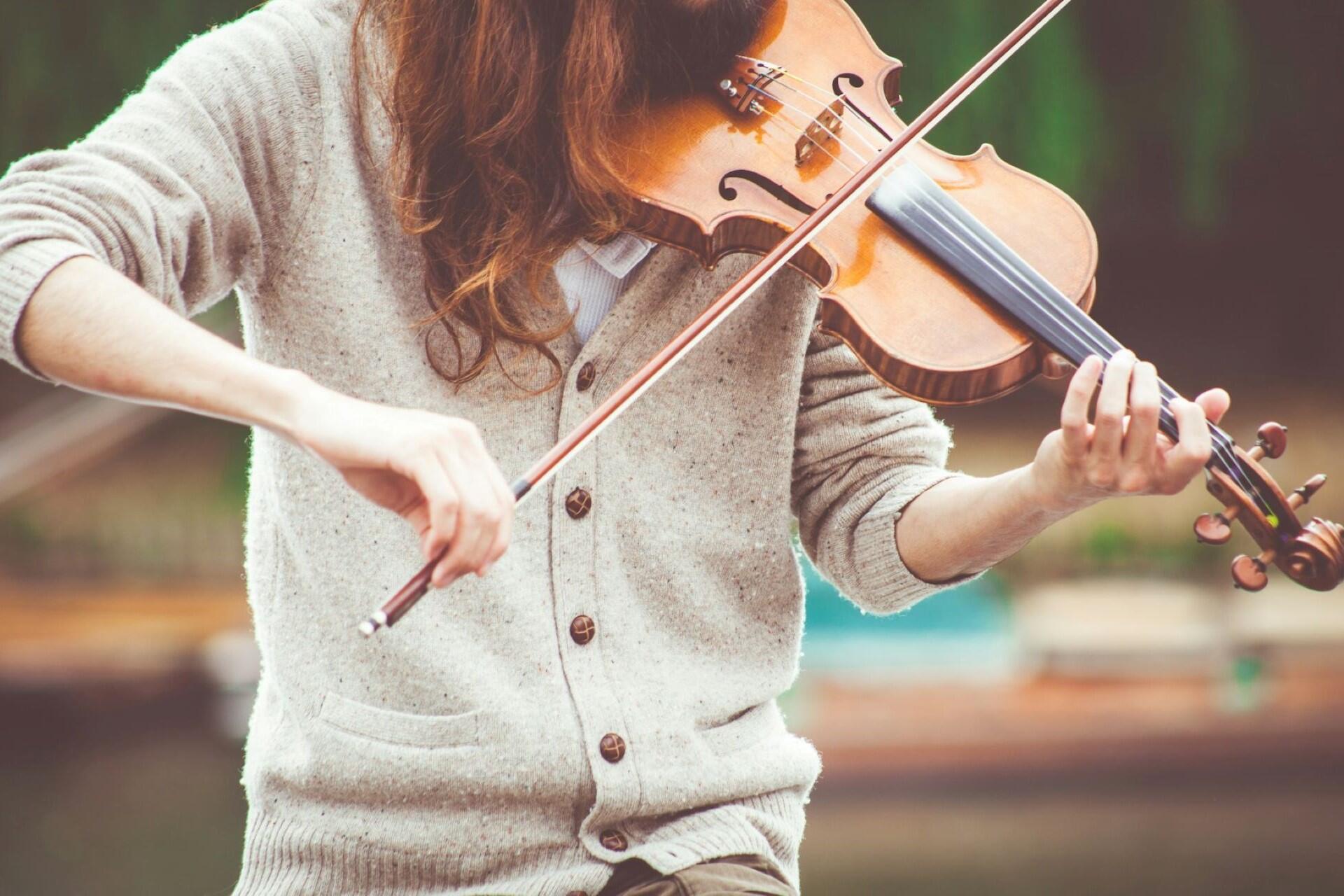
Bach - Partita No. 2 in D Minor, BWV 1004 (Sarabande)
The Sarabande from Bach's Partita No. 2 in D Minor is an exressive piece,. Intermediate players can work on bow control with more complex phrasing.
Its slow tempo allows you to work on precise intonation and clean string crossings.
Vivaldi - Winter (Largo) from The Four Seasons
Another of Vivaldi's seasons, the Largo movement from Winter is great for intermediate violinists.
It's still a slower piece with a deliberate melody where violinists can focus on sustained bow strokes and smoother string transitions.
As you get better, you can also focus on vibrato and mastering dynamics.
Beethoven - Romance No. 2 in F Major, Op. 50
This lyrical piece is great for refining your expressive playing. It features a gentle, flowing melody for smooth bow transitions and dynamic control.
Enhance the emotional depth of this piece with vibrato and focus on finger positioning and intonation as you learn it.
Haydn - Violin Concerto No. 1 in C Major, Hob. VIIa/1 (Adagio)
A beautifully expressive piece for smooth legato bowing. The slow tempo should be used to focus on your intonation and finger placement while the lyrical quality lends itself to expressive playing.
Mendelssohn - Violin Concerto in E Minor, Op. 64 (Second Movement)
Intermediate violinists can use to explore expressive playing and refined bow control. With its gentle, flowing melody, you can work on smooth legato strokes and dynamic shifts. As you get better at it, bring out the emotional depth in the piece.
Bruch - Violin Concerto No. 1 in G Minor, Op. 26 (Adagio)
This emotional piece is a great way to get the most out of your violin. Use the long, flowing melodies to practice expressive bowing and string transitions. Develop your vibrato and refine your control over dynamics.
Saint-Saëns - Introduction and Rondo Capriccioso, Op. 28
Use this piece for dramatic and expressive playing. The lyrical, flowing melodies of the introduction are great for smooth legato bowing and precise intonation.
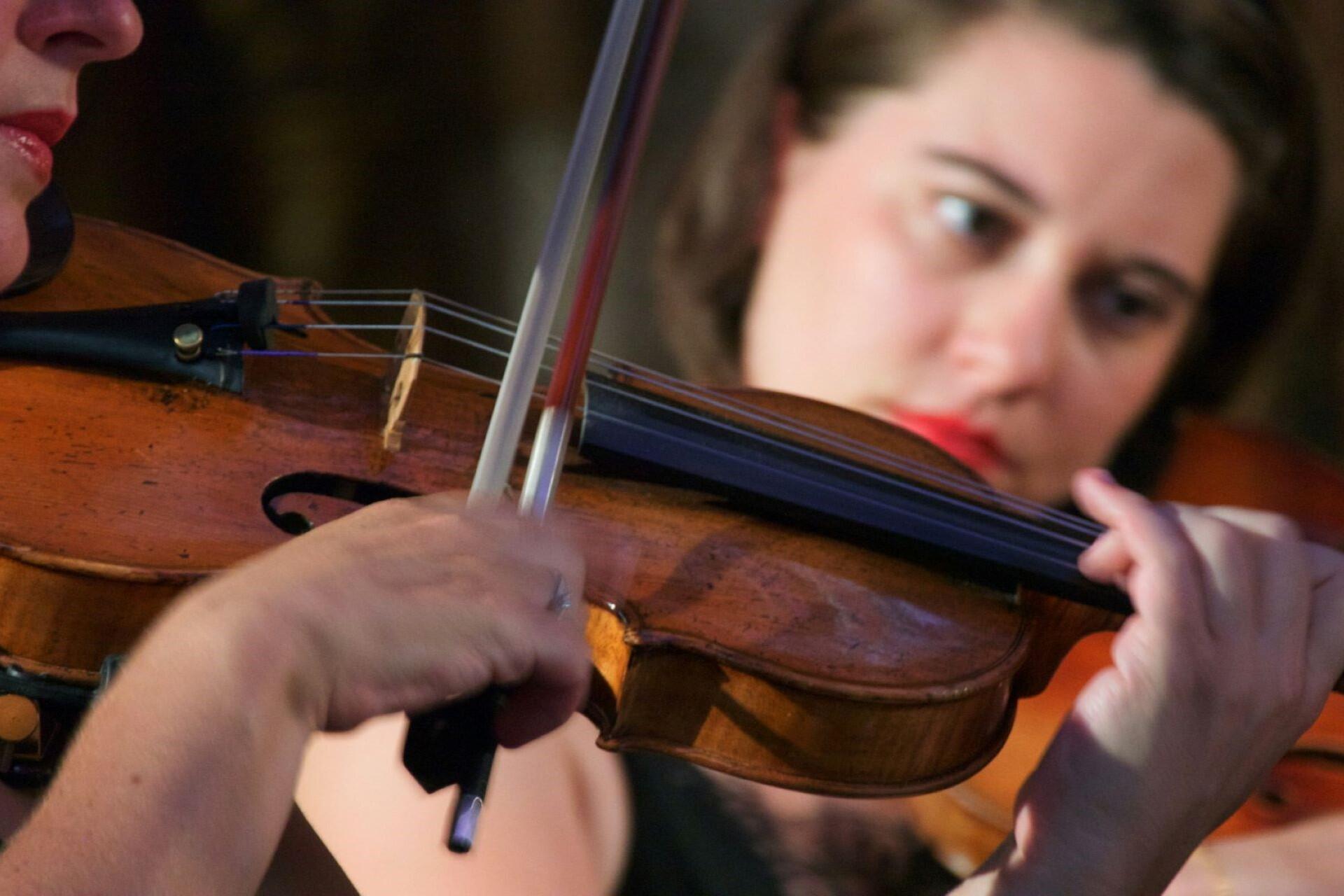
The piece transitions into the lively Rondo Capriccioso, where you can work on string crossings, dynamic control, and quick finger movements.
Massenet - Meditation from Thaïs
A beautifully expressive violin piece for legato bowing and emotional phrasing. Slow, flowing lines are great for practicing vibrato and dynamic control.
This also includes extended phrasing, allowing you to work on concentration and expressive interpretation.
John Williams - Theme from Schindler's List
This is a contemporary piece with slow, melodic lines. Use it for vibrato and dynamic control practice. The emotional depth of the piece demands expressive phrasing.
Max Richter - November (from Memoryhouse)
This haunting and expressive piece is great for bow control, intonation, and dynamic expression. Work on finger placement to capture the subtle shifts in harmony when playing.
Advanced Violin Songs
These advanced violin pieces are for those who need something to push their violin playing to the limit. Many of these were composed for or by virtuosos, so don't be surprised that they're quite challenging.
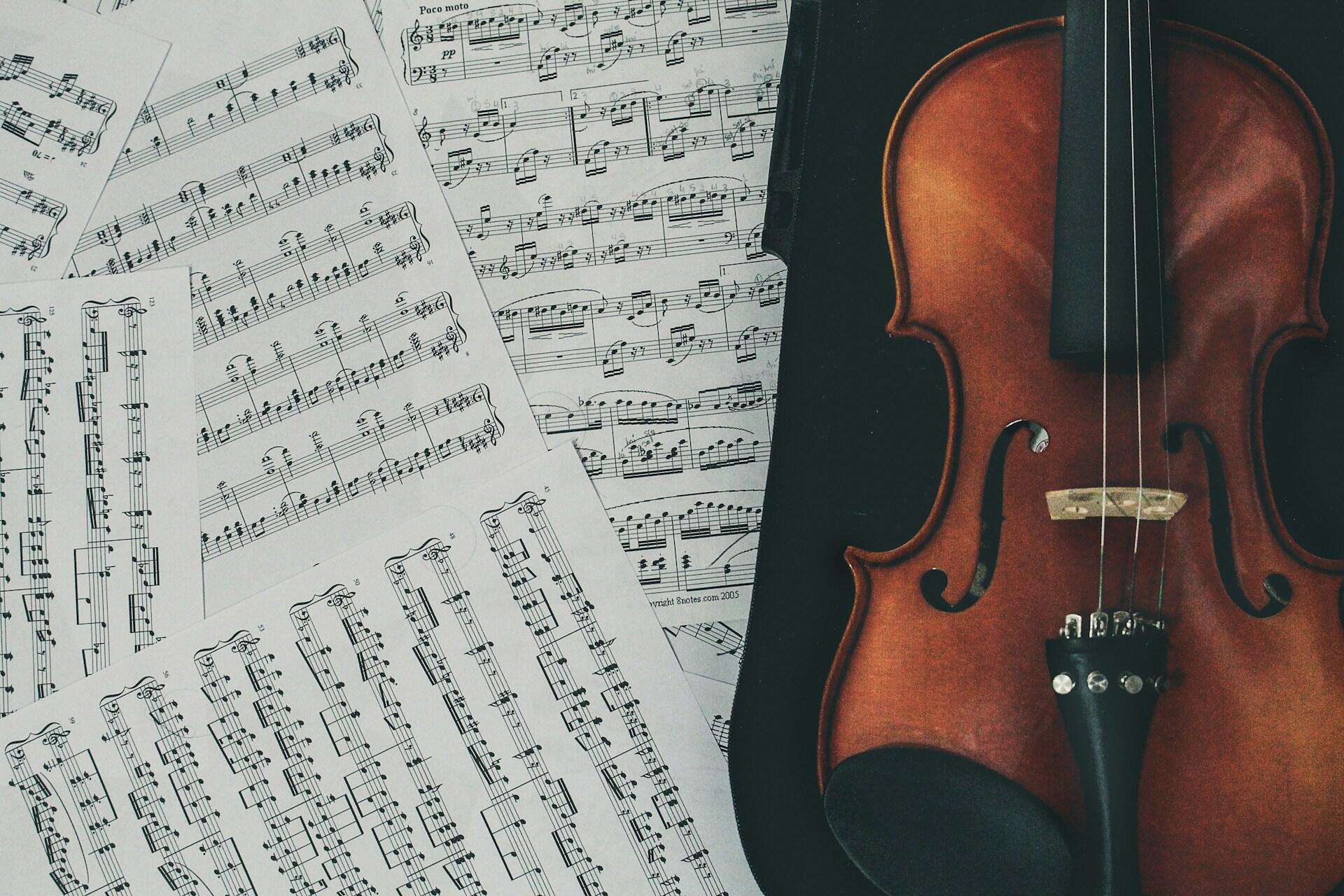
Paganini - Caprice No. 24 in A Minor, Op. 1
This is one of the most famous and demanding violin pieces ever composed. It has rapid string crossings, complex bow techniques, and relentless double stops. This is a test of speed, accuracy, and musical expression.
Sibelius - Violin Concerto in D Minor, Op. 47
An emotionally charged and technically demanding piece. Soaring melodies and intricate arpeggios demand finger dexterity and bow control. The high-register passages will test a violinist's intonation and endurance.
Bach - Chaconne from Partita No. 2 in D Minor, BWV 1004
Over 250 measures, this masterpiece requires insane endurance, impeccable finger placement, and unparalleled bow control.
The polyphony makes it sound like multiple voices, meaning a violinist must execute clean string crossing and complex double stops.
Ysaye - Sonata No. 3 in D Minor, Op. 27 (“Ballade”)
Famously known as Ballade, this single-movement masterpiece pushes the technical boundaries of violin playing. It includes rapid double stops, intricate fingerwork, and advanced bowing techniques.
With no pauses for rest, it requires physical endurance and mental focus from the very best violinists.
Vieuxtemps - Violin Concerto No. 4 in D Minor, Op. 31
This music has intricate passages packed with rapid scales, double stops, and dramatic string crossings. With rich phrasing and expressive dynamics, the violinist will need complete control over their bow.
Wieniawski - Violin Concerto No. 1 in F-sharp Minor, Op. 14
This is a beautiful and challenging piece of music that features some of the best virtuosic techniques in classical violin.
With its rich melodies and dramatic themes, this piece combines lyrical, song-like passages with technically demanding runs and double stops.
Sarasate - Zigeunerweisen, Op. 20
One of the best-known pieces in the classical violin repertoire, this captures the spirit of traditional Romani music.
This piece is only for advanced violinists, and it features rapid string crossings, double stops, and an intricate left-hand pizzicato.
Tchaikovsky - Violin Concerto in D Major, Op. 35
One of the most beautiful and challenging violin pieces ever written. A classical masterpiece with sleeping melodies, rapid-fire scales, and themes that require technical mastery and expressive playing.
Ravel - Tzigane, Rhapsodie de Concert
This piece is inspired by Hungarian gypsy music and filled with rapid arpeggios, intricate string crossings, and demanding bow techniques.
Prokofiev - Violin Concerto No. 1 in D Major, Op. 19
This piece progresses from demanding precise intonation and smooth bow control to rapid string crossings, double stops, and demanding fingerwork.
This will push the violinist's skills to the limit with Prokofiev's signature rhythms and bold, dramatic passages.
Now that you've seen the different violin pieces to play and their relative levels, what level are you?
What level is your violin playing?
Not at the level you'd like to be? Luckily for you, there are plenty of great violin tutors on Superprof who can help you start playing better and with more confidence.

